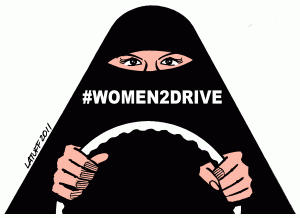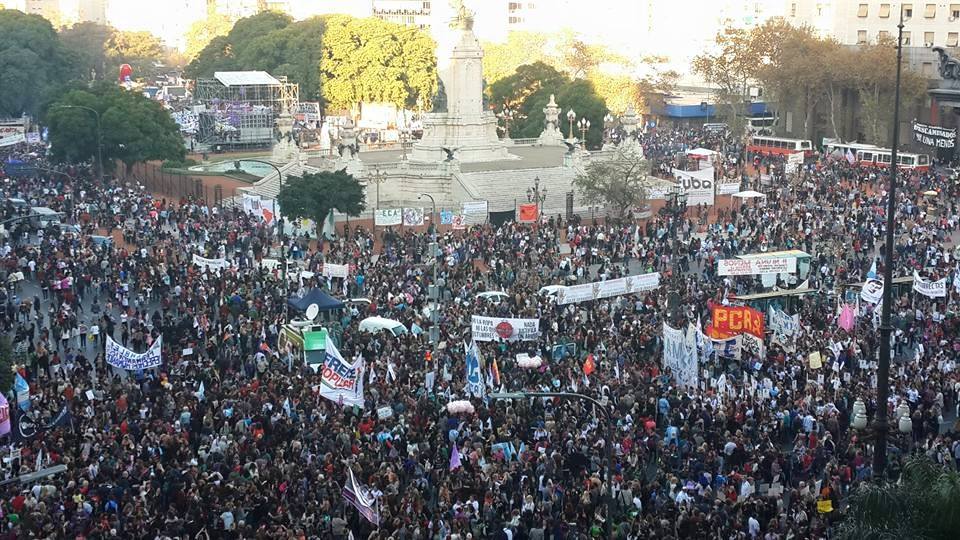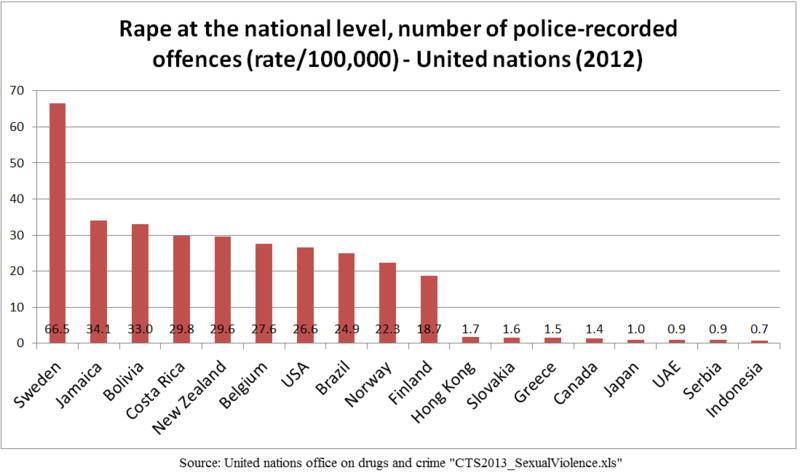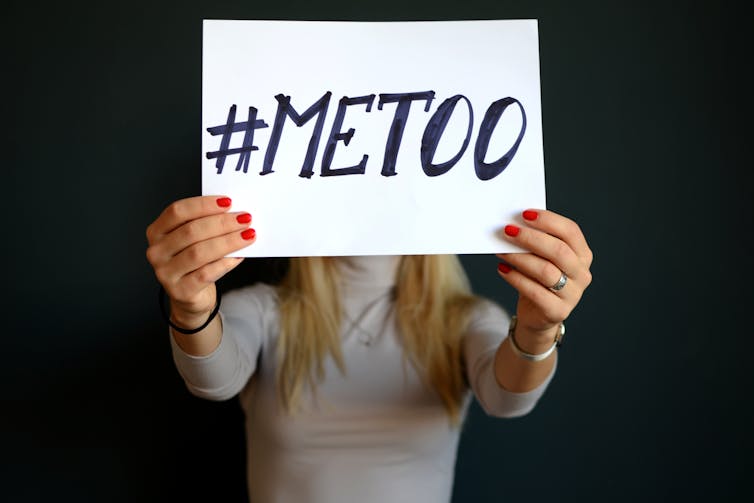This is a special chapter devoted to a selection of activist causes to improve the lives of women. We look closely at two online movements outside of the US, one in each hemisphere. Both integrate the global and the local; both work to liberate women from systematic violence. Then we look at a few movements in the US.
But first let’s briefly broaden our lens to online activism in general.

In the following chapter, we will discuss five strategies evident in creative online activist movements today, including speed, visuals, performances, inclusiveness, and masked leadership. These five strategies can be found in many gender-focused online movements as well. But from my perspective, what is salient – what stands out – about women’s movements are the ways the internet is used to enable public conversation around topics previously kept private. Social media in particular affords exposure, the affordance of social media to draw matters society guards as private into the public sphere.
People who identify as “men” and people who identify as “women” have lived in the same neighborhoods and households across cultures and time periods. This quality makes gender relationships and activism distinct among activist movements. Issues that arise between groups of different ethnicities, races, and classes are often clearly expressed out in the open; but gender issues are not expressed as openly. Because men and women co-exist so closely in every community, issues between people of different gender identities tend to leak out in whispers and remain more hidden.
Women as a gender identity: A disclaimer
In order to look closely at two important online movements for women, I have had to exclude many other movements, moments, and identities from this chapter. The premise of the chapter admittedly works against complex understandings of gender, by presenting “women” as a fixed identity group. My goal in chapters 5 and 6 is to give you a selection of histories, tools, and examples to help you understand online activist movements.
As the Wikipedia page on gender reflects, a deep understanding of gender and sexuality must also consider where the boundaries between genders come from and what is left unspoken when we rely on binary gender categories. Movements for the rights of transgender women have evolved within, alongside, and sometimes in response to movements by cisgender women, but these histories are often collapsed into a single narrative. I encourage you to explore and analyze these complex histories with the tools we will discuss in chapters 5 and 6.
Saudi women: Online and driving change
Saudi Arabian laws and culture enforce a system of male guardianship over women, whereby every woman must get the approval of a male guardian for decisions about her body and life including passport applications, travel, and marriage. Online activism helps women who are resisting the system of male guardianship to connect with fellow activists, read the climate for what they are asking, and connect with specific publics who may support their causes.
#savedinaali
Like campaigns for other identity groups, many social media campaigns for women are branded as leaderless or have masked leadership. A particular feature of social media campaigns for women is the naming of the campaign after a woman who has been persecuted, even though she is not organizing the campaign. Sadly, due to the violence women face that leads to these campaigns, the woman the campaign is named after is often one whose persecution has already ensued.
One example is the campaign to #savedinaali. Dina Ali fled Saudi Arabia but was detained in the Philippines and returned to her family, whom she said would kill her. It is unknown if Dina Ali is severely injured or even alive, but organizers started the #savedinaali campaign to help her and women in similar situations, and draw attention to the human rights abuses of Saudi women. Raising awareness around the situations of particular imprisoned women may lighten the punishment inflicted on them – though it does not guarantee safety or survival.
Recognizing the small beginnings of large media campaigns
Activist movements that become large usually began as small, local efforts for change. This is especially true around women’s rights; whispers about a case or pattern of abuse first spread locally, then grow into regional or global social movements once it’s clear that the abuse is systematic. Take for example the extensive Human Rights Watch campaign (also linked above) to end Male Guardianship in Saudi Arabia. It was many small campaigns like the one to save Dina Ali that led Human Rights Watch to produce a 2016 report entitled Boxed In: Women and Saudi Arabia’s Male Guardianship System. The campaign uses the hashtag #TogetherToEndMaleGuardianship along with video and other content.
Human Rights Watch (HRW) is a large, global organization, but small movements gave them key examples and networks on which to build a larger campaign. HRW’s decision to focus on Twitter as a platform required the organization to monitor smaller movements for evidence that Saudis would use and respond to Twitter hashtags for activism. Those small movements provided the core of the larger networks HRW would use in their campaign.
One prior online network example for campaigns for Saudi women is the campaign to allow them to drive. Women have been putting themselves on the front lines and driving – and celebrating this civil disobedience online. In 2011-2013 the hashtag #W2drive (women to drive) was used by Saudi activists to gather a public interested in women’s right to drive, as did the account @SaudiWomenSpring on Facebook.
Social Media and the Right to Vote
Student Content, Fall 2020
My Perspective and Experience with Social Media
I have come a long way with social media. I have encountered the negatives, as well as the positives that come with using social media. In my personal experience, I have always been involved with the use of social media, especially at a very young age. Being exposed at a very young age to so much criticism and opinions all on different platforms in my opinion is a factor of shaping who you are and how your views on certain topics are made. I am positive that with my generation, while growing up in an age where we were the internet generation also known as Generation Z, that we all had experiences with how social media influenced us at a young age.
Which is why I wanted to touch upon the political side of how the internet allows and influences us in many ways, while also giving everyone a platform to voice our opinions to each other. Many of those times that I have seen result in arguments caused by a disagreement in the comment section of a post. In today’s time, the internet is filled with hateful comments towards one another about having opposite opinions. Today you see grown adults shaming young adults for the decision they made in the comments of the post.
In my experience during election time, I find that I see lots of advertisements, and political campaigning that takes place, and inevitably consumes a lot of what people see and hear surrounding the election. I found this organization this past year amidst the fact that the year 2020 is the year of the most recent election. I began to see lots of my own peers finding themselves conflicted and even considering not voting in the 2020 election. Quite honestly, I found myself in the same position. This is the first time I am able to vote in a presidential election. I should have been excited to exercise my fifteenth amendment right, but I was not solely because of the hateful opinions on social media. I felt that I was going to be judged by people for who I voted for and ultimately felt discouraged. I later began looking into different organizations whom I supported and saw how patriotic they were about voting and especially because I am Native American our voice, in my opinion, is suppressed. I began to see things in a new light and later made my mind up about actually going out and voting. I then began to advocate for all voices to have a say in how we vote and how our vote counts, the difference it makes when people do vote.
I find that these types of organizations are truly helpful for those such as myself that really focus on influencing positivity on social media. Social media can be extremely toxic to your mental health and I think overthinking things such as what I did can really affect certain outcomes. If I had not looked into organizations that I like and follow I would not have gotten the courage to really be proud of having the right to vote.
Also by this author: Rock the Vote!

About the Author
Trinity is a sophomore majoring in Journalism with an emphasis in Digital Journalism. Minoring in Information Science and Esociety.
Respond to this case study… This writer argues that her generation (perhaps your generation as well) was influenced from a young age by the ubiquity of the Internet and social media technologies. Drawing on your knowledge from this course, our readings, and your own experiences, describe your own position on this claim.
Meming of hashtags and more
The use of any hashtag can expand and complicate the spread of a message across a global audience, particularly if the meme flips to become sarcastic or changes direction.
Hashtags relating to Saudi women’s rights led to numerous memes, but most just added force to the movement. #TogetherToEndMaleGuardianship was of course translated – you might also say, imitated or memed – into Arabic, and it is that tag which Arabic-speaking social media users began spreading prolifically. #StopEnslavingSaudiWomen is another tag channeling similar publics. Like #HandsUpDontShoot in the Black Lives Matter movement, it is a phrase speaking directly to an oppressing force, telling them to change their behavior.
However, there is some evidence of the spread of misinformation through hashtags related to Saudi women. For example, a story about Saudi male scientists declaring women “not human” started out on a satirical website, but it spread to other publics – including some who believed it was true, and others who found it useful in spreading fear of Islam. As this example shows, hashtags are easy targets for appropriation – use for a different cultural purpose than originally intended.
How social media can help women’s causes in particular
To understand women’s online movements, including those for Saudi women and women in the Americas (in the next section), it is important to consider relationship communication. First, let’s consider who Saudi women can and cannot speak to and when or where those conversations take place. In traditional Saudi society, women have limited face to face contact; they rarely gather or communicate with people beyond their immediate family, and external communications may be under constant surveillance. This limits the communication of women activists with those who are geographically close to them and to moments of low surveillance.
However, communities devoted to women’s activism can interact online on Facebook, Instagram, Twitter, Snapchat, and other social media platforms. So the most important affordance of social media for women’s movements is this: movement organizers can orchestrate gatherings and strategies through the use of social media. An example of this is the campaign #women2drive, which Saudi women have been pushing for several years to challenge male guardianship incrementally by focusing on the right to drive.

Another affordance of social media for women’s movements is this: social media can extend and deepen communication among activists, transforming short or casual encounters into opportunities for a more profound exchange of ideas. Social media can allow people who will be gathering in person to get a sense before the event of what others are thinking. It also allows people to continue sharing their “staircase thoughts” after they leave the meeting (think of the old TV series Columbo, where the detective seems to be leaving the suspect alone but then turns around just before going downstairs and says: “Oh, there’s just one more thing…”). Staircase thoughts are sometimes considered simply wit that we thought of too late. But l’esprit de l’escalier or “wit of the staircase” as French philosopher Denis Diderot called it, can deepen communication, especially in activist movements that involve covert communications.

A third affordance: Social media gathers and focuses global publics. The web is chaos! But social objects like hashtags cut across the chaos to connect publics focused on certain topics, at times despite great geographic dispersal and distance. Publics drawn to pay attention to online activism include people who are not necessarily organizers of an activist movement but who are paying attention to activist causes.
Some of the publics gathered by social media include large organizations with resources to support movements, leading to a fourth affordance in creating a global movement: Social media connects activists with their publics. Saudi women can feel the support of women activists across the globe with the hashtag #suffrage, and I imagine that is important at moments when the national culture seems to be changing too slowly. Connecting with supportive publics can also lead to organizational and financial support.
The publics gathered through hashtags around Saudi women’s rights and specifically the push to end male guardianship in that country demonstrate how publics can build on and connect to one another, through hashtags among other tools. Saudi women have pushed to end male guardianship in the past, and the gathering of publics by these early movements led to the taking up of the cause by larger organizations.
Demonstrations online and across the Americas against gender violence





